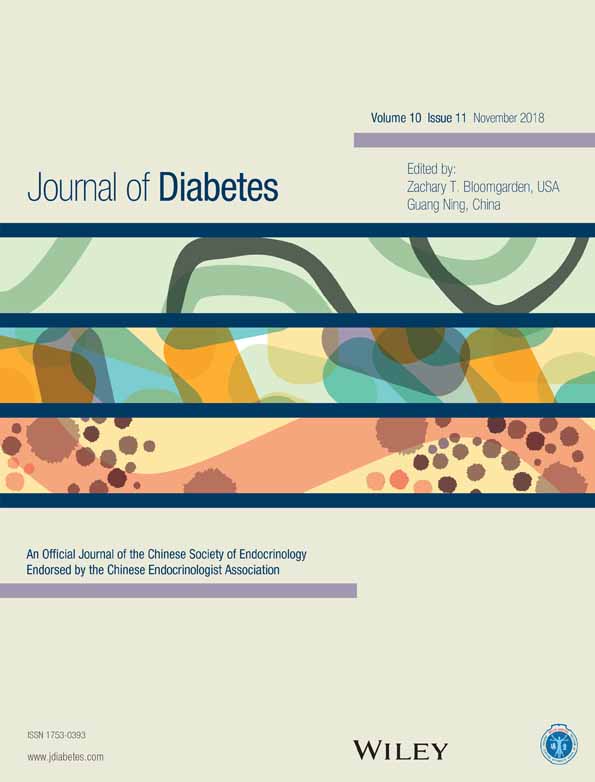Skin autofluorescence, a non-invasive biomarker for advanced glycation end products, is not related to the number of pregnancies
皮肤自发荧光强度是一种非侵入性的晚期糖基化终末产物的生物标志物, 与妊娠次数无关
First published: 17 May 2018
Abstract
Highlights
- Skin autofluorescence (SAF) assesses subcutaneous accumulation of advanced glycation end products and has been shown to predict future cardiovascular disease and diabetes.
- A higher number of pregnancies was significantly associated with higher SAF, even after correction for relevant confounders like waist circumference, creatinine clearance, and diabetes status, but not after correction for age.
- Women with the highest SAF Z-score had a more unfavorable risk factor profile, with higher body mass index and waist circumference, higher blood pressure, lower high-density lipoprotein cholesterol, and higher triglyceride levels.




